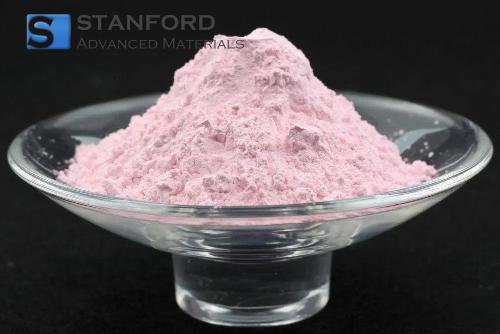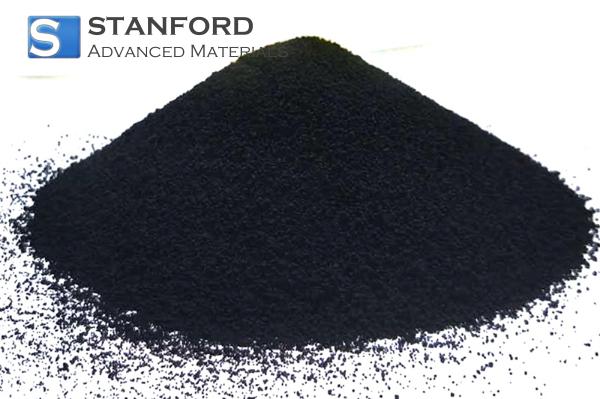Crystals And Their Slip Systems
Introduction
Crystals are solid materials where atoms are arranged in an orderly, repeating pattern. The way these atoms are arranged influences the material’s mechanical properties, including its ability to deform under stress. One of the key mechanisms for deformation in crystals is slip, which occurs when layers of atoms move past each other under stress. The ability of a crystal to undergo slip is dependent on its crystal structure and the number of available slip systems.
Slip Systems
A slip system consists of a combination of a slip plane and a slip direction. The slip plane is the plane with the highest atomic density, where atoms are most closely packed, making it easier for layers to slide over one another. The slip direction is the direction in which the atoms move during deformation. Crystals with more slip systems tend to be more ductile and can deform more easily.
Types of Crystals and Their Slip Systems
1. FCC (Face-Centered Cubic) Crystals:
- Slip Systems: FCC crystals have 12 slip systems. These crystals are highly ductile because they have a large number of slip systems, which allow them to deform easily under stress. Common examples include aluminum, copper, and gold.
- Slip Plane: {111}, which is the densest plane in the crystal.
- Slip Direction: <110>, which is the densest direction in the crystal.
2. BCC (Body-Centered Cubic) Crystals:
- Slip Systems: BCC crystals have 12 slip systems, but they are less active at room temperature. BCC materials tend to be more brittle at low temperatures, but become more ductile at higher temperatures. Examples include iron and chromium.
- Slip Plane: {110}, {112}, and {123} planes, but they are less densely packed than in FCC crystals.
- Slip Direction: <111>.
3. HCP (Hexagonal Close-Packed) Crystals:
- Slip Systems: HCP crystals have only 3 slip systems under normal conditions, which makes them more brittle compared to FCC crystals. Magnesium and titanium are examples.
- Slip Plane: {0001}, the most densely packed plane.
- Slip Direction: <11-20>.
Frequently Asked Questions
What is a slip system in crystals?
A slip system is a combination of a slip plane (the plane with the highest atomic density) and a slip direction (the direction in which atoms move during deformation). It determines how a crystal can deform under stress.
Why do FCC crystals have more slip systems than BCC or HCP crystals?
FCC crystals have 12 slip systems because their atoms are packed more closely together, making it easier for layers of atoms to slide over each other. This results in higher ductility compared to BCC or HCP crystals.
How does the number of slip systems affect a material’s ductility?
The more slip systems a crystal has, the easier it is for the material to deform without breaking, resulting in higher ductility. FCC crystals, with their 12 slip systems, are more ductile than BCC or HCP crystals, which have fewer active slip systems.
Can slip systems affect a material’s strength?
Yes, the number of slip systems influences a material's strength. Materials with fewer active slip systems, like HCP crystals, tend to be stronger but more brittle, while FCC crystals are generally weaker but more ductile due to their higher number of slip systems.
Why are BCC crystals more brittle at low temperatures?
At low temperatures, BCC crystals have fewer active slip systems, which makes it harder for them to deform. As a result, they are more likely to fracture under stress, exhibiting brittle behavior at low temperatures.

 Bars
Bars
 Beads & Spheres
Beads & Spheres
 Bolts & Nuts
Bolts & Nuts
 Crucibles
Crucibles
 Discs
Discs
 Fibers & Fabrics
Fibers & Fabrics
 Films
Films
 Flake
Flake
 Foams
Foams
 Foil
Foil
 Granules
Granules
 Honeycombs
Honeycombs
 Ink
Ink
 Laminate
Laminate
 Lumps
Lumps
 Meshes
Meshes
 Metallised Film
Metallised Film
 Plate
Plate
 Powders
Powders
 Rod
Rod
 Sheets
Sheets
 Single Crystals
Single Crystals
 Sputtering Target
Sputtering Target
 Tubes
Tubes
 Washer
Washer
 Wires
Wires
 Converters & Calculators
Converters & Calculators
 Write for Us
Write for Us





 Chin Trento
Chin Trento



